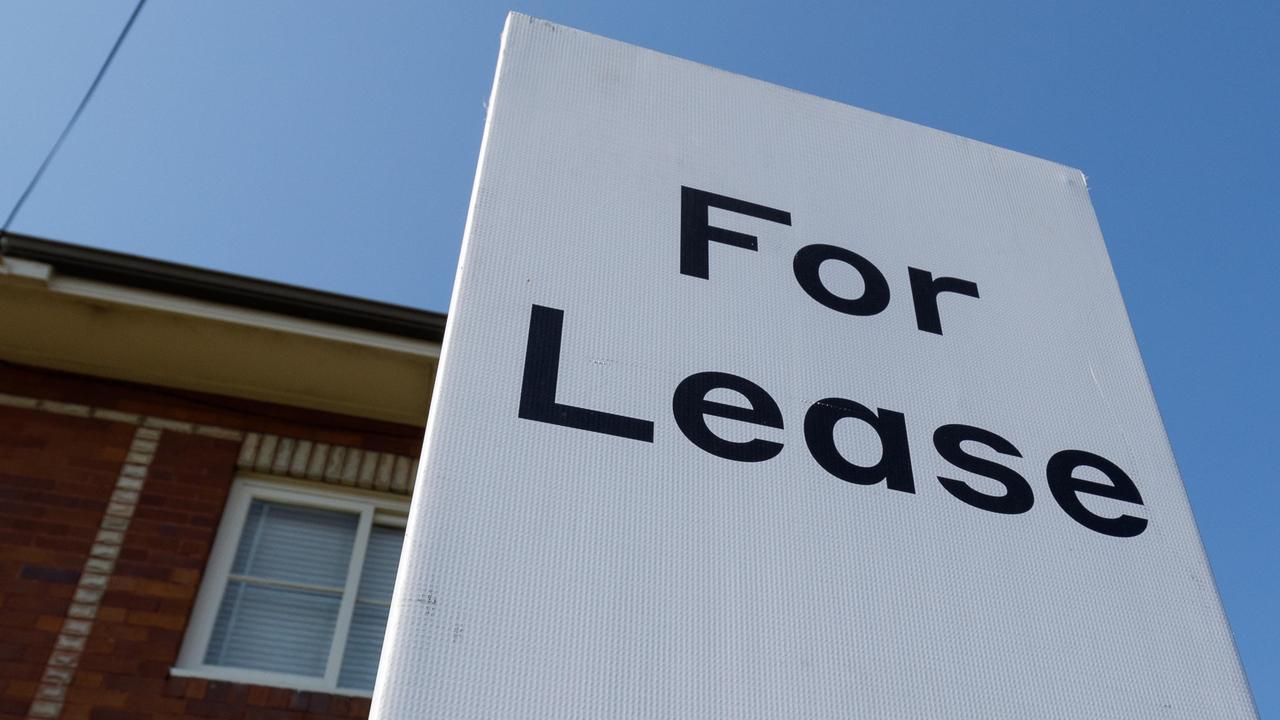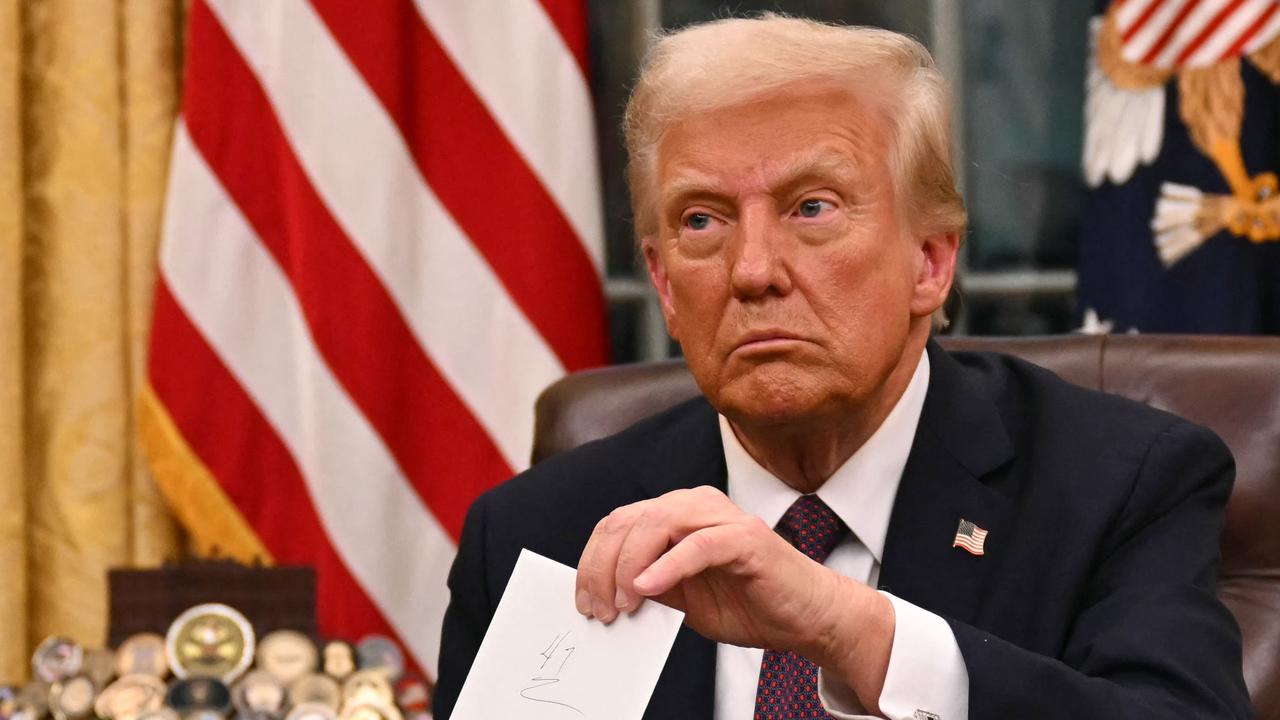Economists issue rate cut warning over stage-three tax cuts
The tax cuts, which are set to come into effect from July 1, could have major implications for the timing of rate cuts, economists have warned.

Interest Rates
Don't miss out on the headlines from Interest Rates. Followed categories will be added to My News.
The scheduled stage three-tax cuts could stop the Reserve Bank from cutting interest rates earlier, economists have cautioned, amid warnings the changes will pump billions of dollars of additional spending into the economy, inflaming price pressures.
The tax changes, which were legislated by the Morrison government in 2019 and subsequently endorsed by the Albanese government when it came to office, will abolish the 37 per cent bracket that applies to the income earned between $120,000 and $180,000 from July 1.
Instead a 30 per cent taxation rate will apply to all earnings between $45,000 and $200,000.
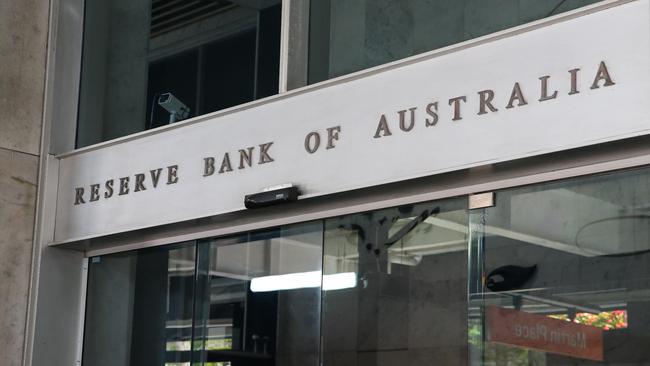
The stage-three changes follow two earlier iterations of the Morrison-era tax cuts plan, with its benefits already flowing through to low and middle income earners.
But economists warn the timing of stage-three, which will add $21bn into consumers’ wallets in the 2024-25 financial year, means the RBA could be forced to move later and slower on rate cuts.
Paul Bloxham, chief economist at HSBC, said the boost to consumer spending as a result of the tax changes meant the RBA was unlikely to be able to cut interest rates because of the risk of adding to inflationary pressures.
“The net effect will be that [the stage-three tax cuts] will be supportive of inflation. More demand in the economy supports inflation,” Mr Bloxham said.
“It will mean that the RBA is not able to cut interest rates as soon as otherwise.”
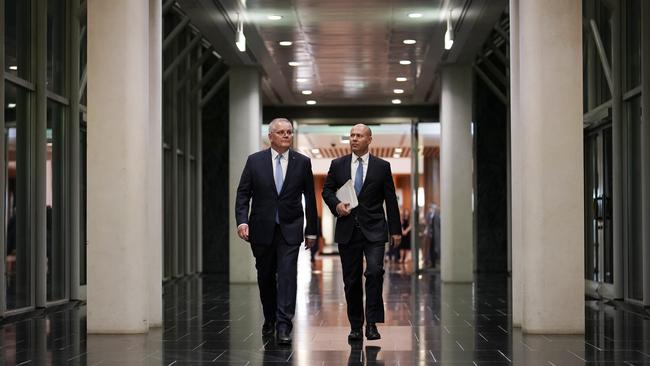
Rich Insights economist Chris Richardson also raised concerns over the tax cuts’ timing, noting that they were equivalent to “two to three rate cuts arriving in mid-2024”.
“In an economy that’s still juggling an inflation problem, we are pumping a lot of extra money in and that could be a risk and one the Reserve Bank is watching pretty closely,” Mr Richardson said.
“I think the most likely implication is [stage-three] means that rate cuts in Australia come later than most people expect.”
Economists at UBS agreed that price pressures would remain higher for longer, partly due to increased fiscal stimulus in the form of the tax changes.
In a note to clients, the bank’s economist said it expected inflation to remain relatively sticky in 2024, given the “already scheduled large household tax cuts commencing in July 2024.”
“Hence, we still see the cash rate staying higher-for-longer, before the RBA eases modestly by 25 basis points per quarter from November,” the bank’s chief economist George Tharenou said.
Mr Bloxham added that additional cost of living relief, foreshadowed by Prime Minister Anthony Albanese and expected in the May Budget, also posed a similar inflationary risk.
“That also boost household incomes on net and that could also put some upward pressure on inflation,” he added.
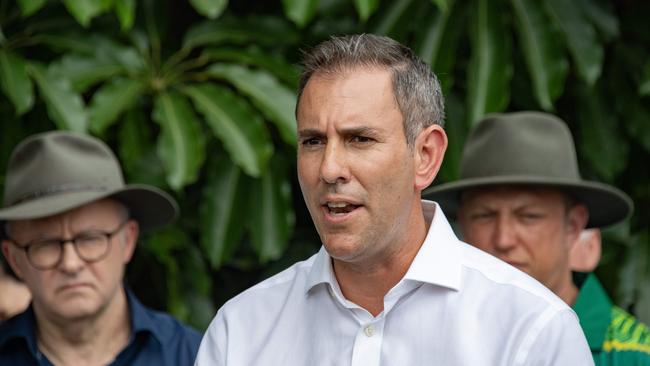
Speaking on Wednesday, Treasurer Jim Chalmers refused to detail the inflationary impact of the tax changes, saying the government hadn’t received such analysis.
“Whether it’s the Treasury or the Reserve Bank or others, they factor in the changes to the tax system when they come up with their forecasts for inflation,” Dr Chalmers told ABC’s 7.30 program.
Wednesday’s release of fresh monthly inflation figures showed the broad slowdown in price growth continued in November as the RBA’s aggressive rate hikes, which have climbed to 4.35 per cent, worked to cool the economy.
The latest consumer price index figures showed annual inflation slowed to 4.3 per cent in November, down from October’s 4.9 per cent increase, the Australian Bureau of Statistics said.
Following the update, bond traders were fully pricing an August rate cut, with a follow up cut in December, taking the official cash rate to 3.9 per cent by year’s end.
The fresh reading comes ahead of the RBA’s next interest rate decision, scheduled for February 6, its first of 2024, where it is widely expected to keep rates on hold at 4.35 per cent.
Originally published as Economists issue rate cut warning over stage-three tax cuts



